How Hackers Steal Passwords & How You Can Stay Safe !
Today, we use passwords almost everything—social media, banking, emails. But hackers have ways to steal them. If you know how they do it, you can protect yourself better. Here’s how hackers crack passwords and what you can do to stay safe.

1. How Hackers Steal Passwords
a. Brute Force Attacks 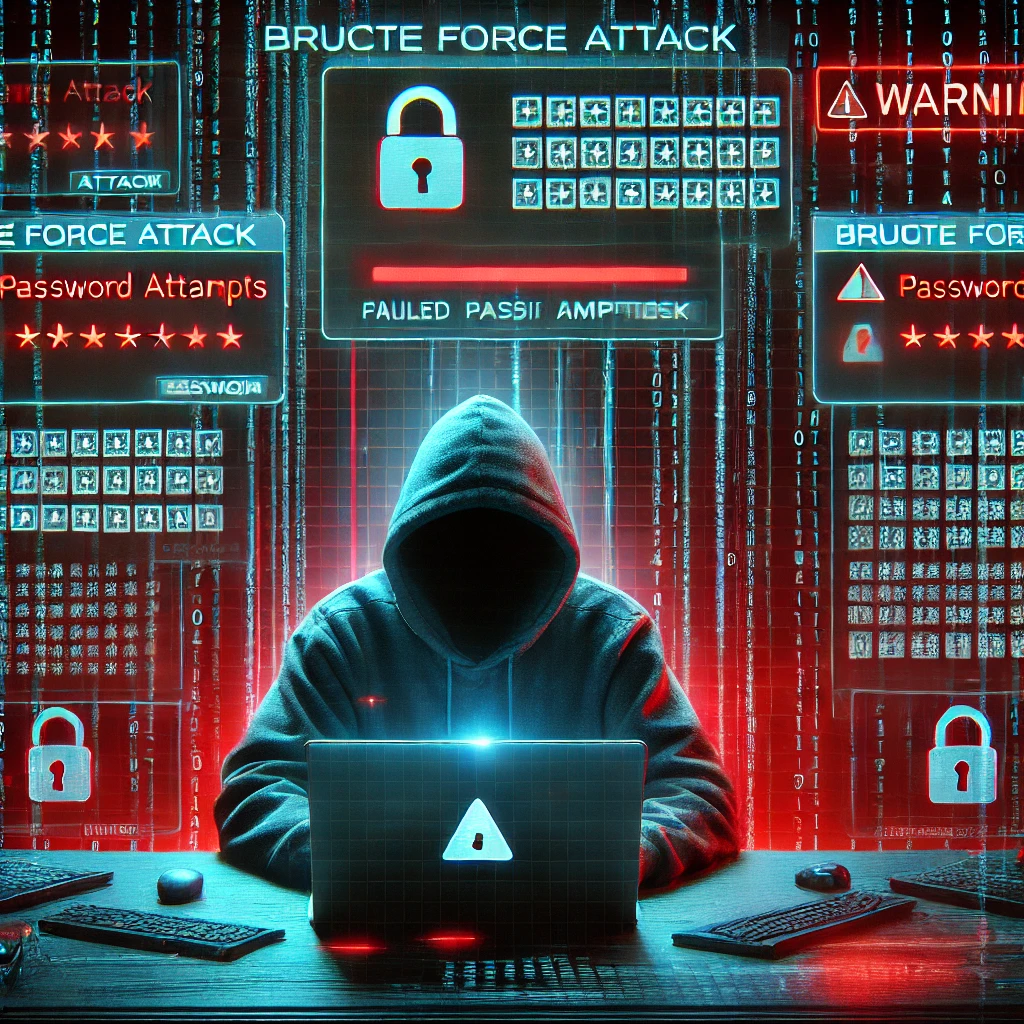
Hackers try every possible password until they get it right. The longer and more complex your password, the harder it is to guess.
How it works: They use special programs to quickly test millions of passwords.
How to stay safe: Use a long password (at least 12 characters) with a mix of letters, numbers, and symbols.
b. Dictionary Attacks 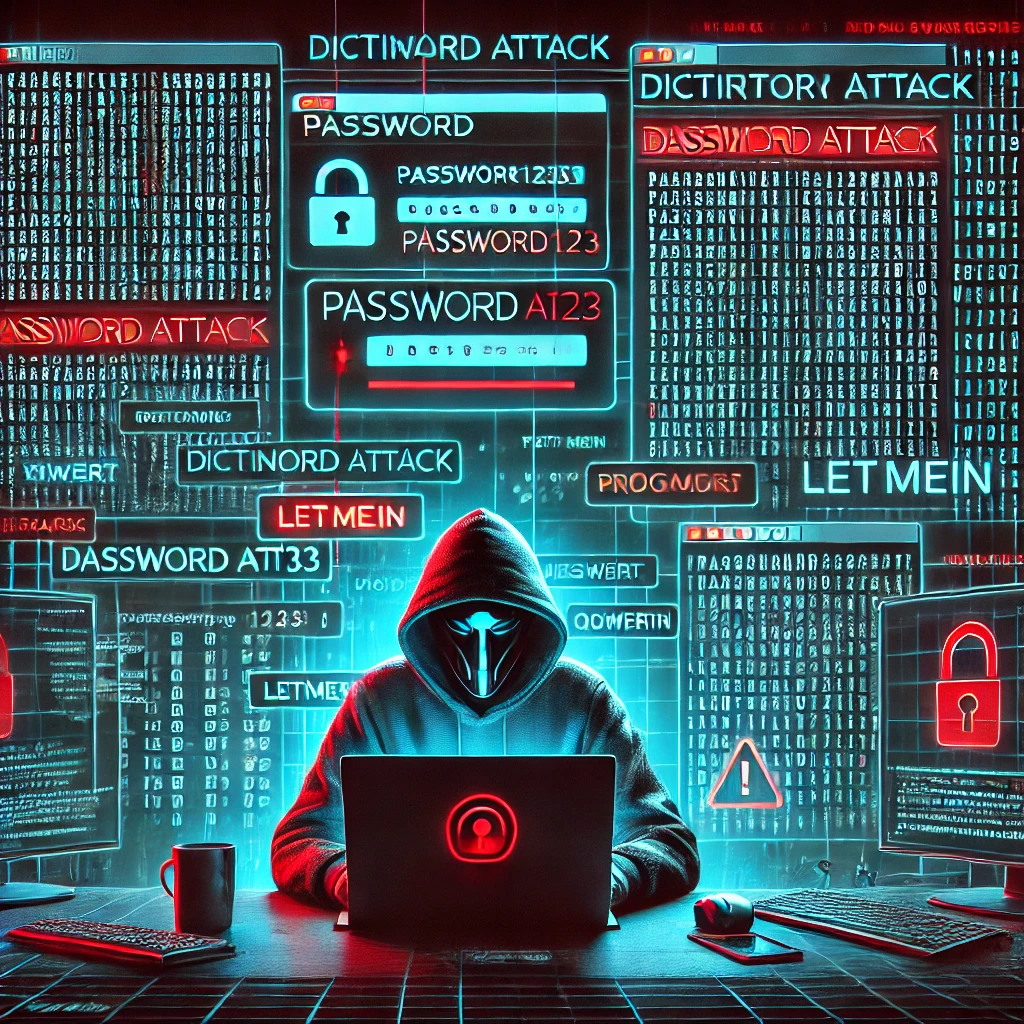
Instead of trying random combinations, hackers use a list of common passwords and words.
How it works: They test passwords like “password123,” “qwerty,” or your name and birth year.
How to stay safe: Never use common words or easy-to-guess passwords.
c. Phishing 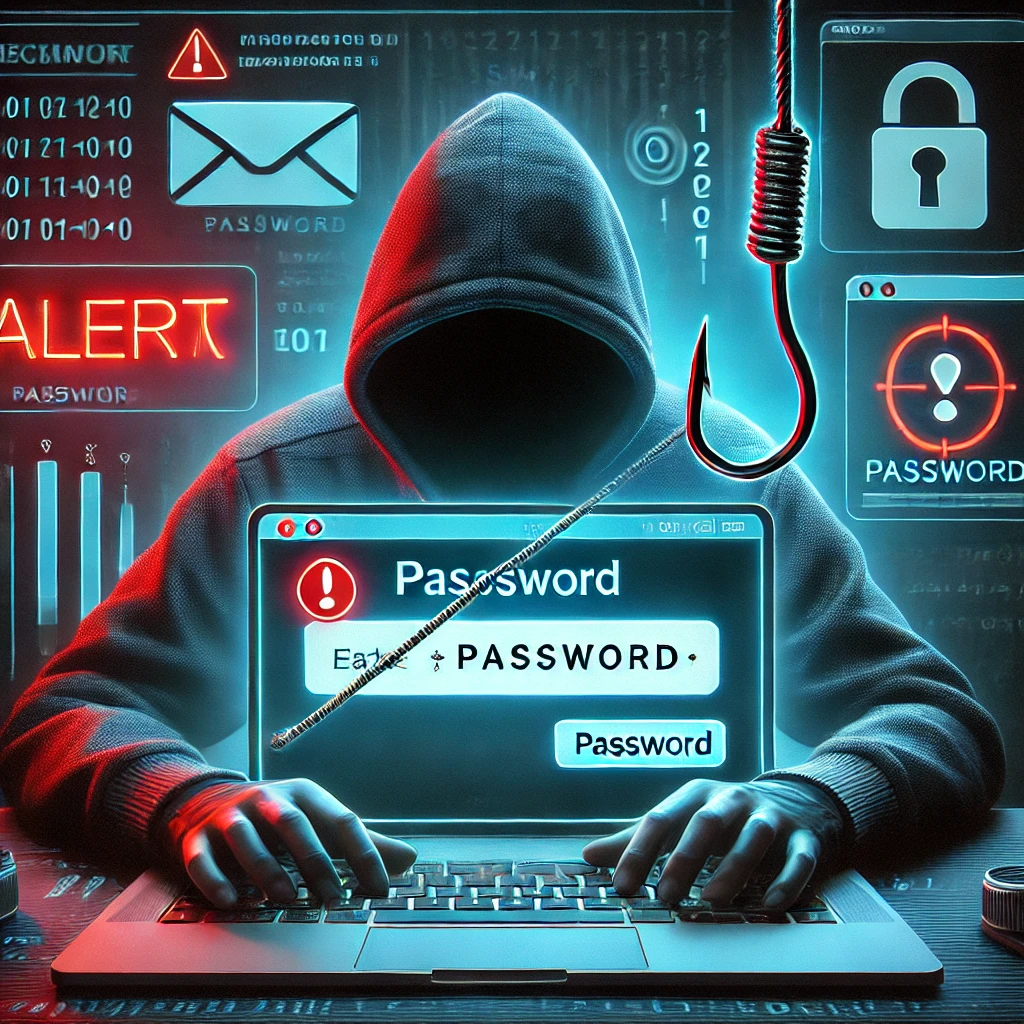
Hackers trick you into giving them your password by pretending to be someone you trust.
How it works: They send fake emails or messages that look real, asking you to log in to a fake website
How to stay safe: Never click on links in emails unless you are 100% sure they are real. Always check the website’s URL before entering your password.
d. Keylogging 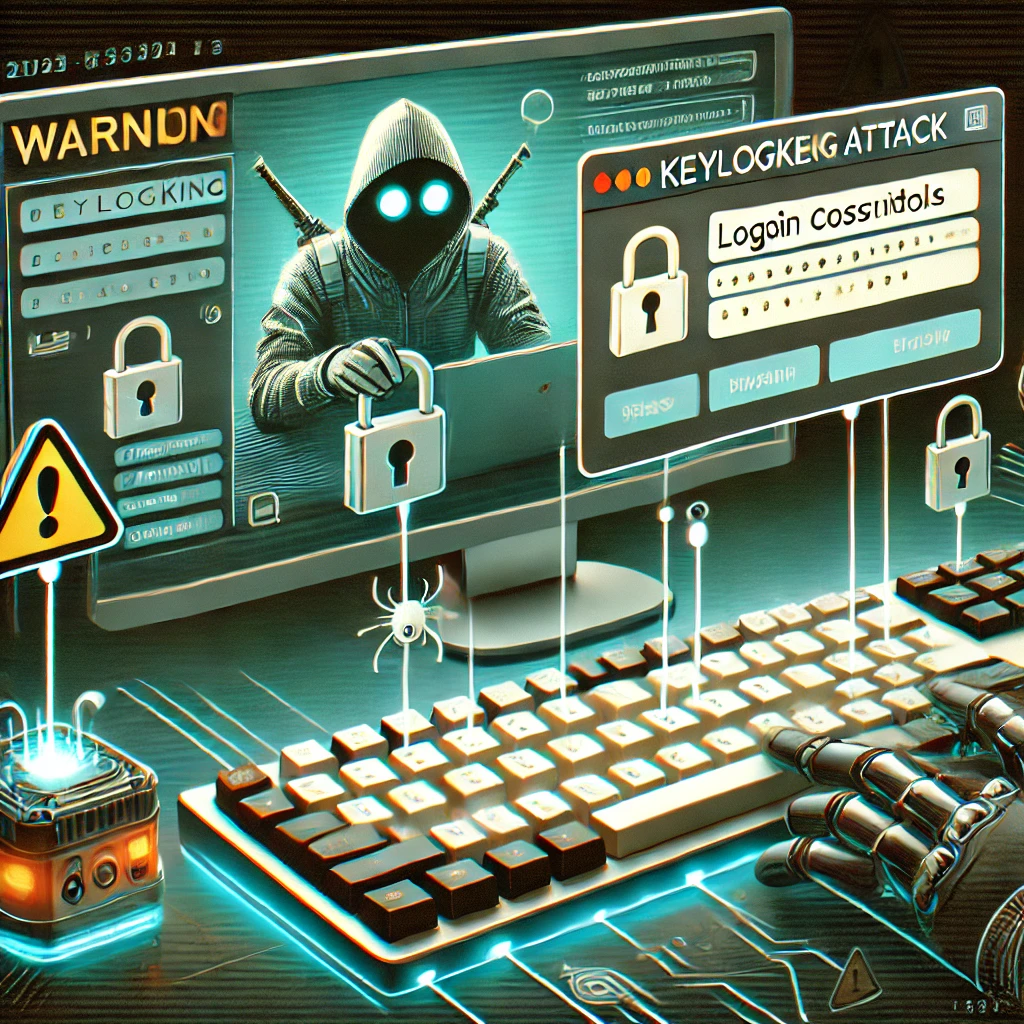
Hackers install software on your device that records everything you type, including passwords.
How it works: This software often comes from fake downloads or infected email attachments.
How to stay safe: Keep your software updated, use antivirus programs, and avoid downloading from untrusted sources
e. Social Engineering 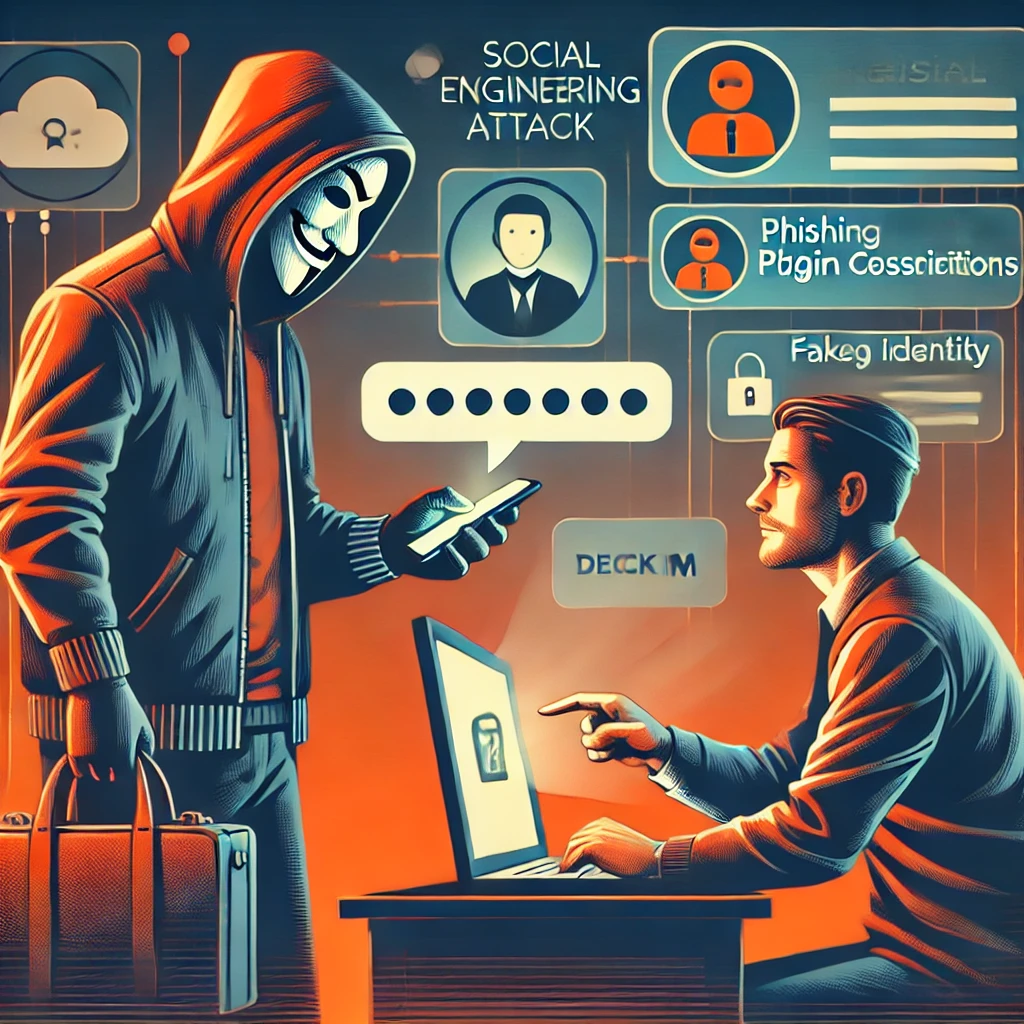
Hackers trick you into revealing your password through manipulation.
How it works: They may pretend to be customer support, a friend, or even guess answers to your security questions using your social media information.
How to stay safe: Don’t share personal details online, and use hard-to-guess security answers
2. How to Protect Your Passwords
a. Use Strong, Unique Passwords
b. Enable Two-Factor Authentication (2FA)
a. Use Strong, Unique Passwords
c. Use a Password Manager
d. Watch Out for Phishing
e.Keep Your Software Updated
f. Avoid Public Wi-Fi for Sensitive Accounts

